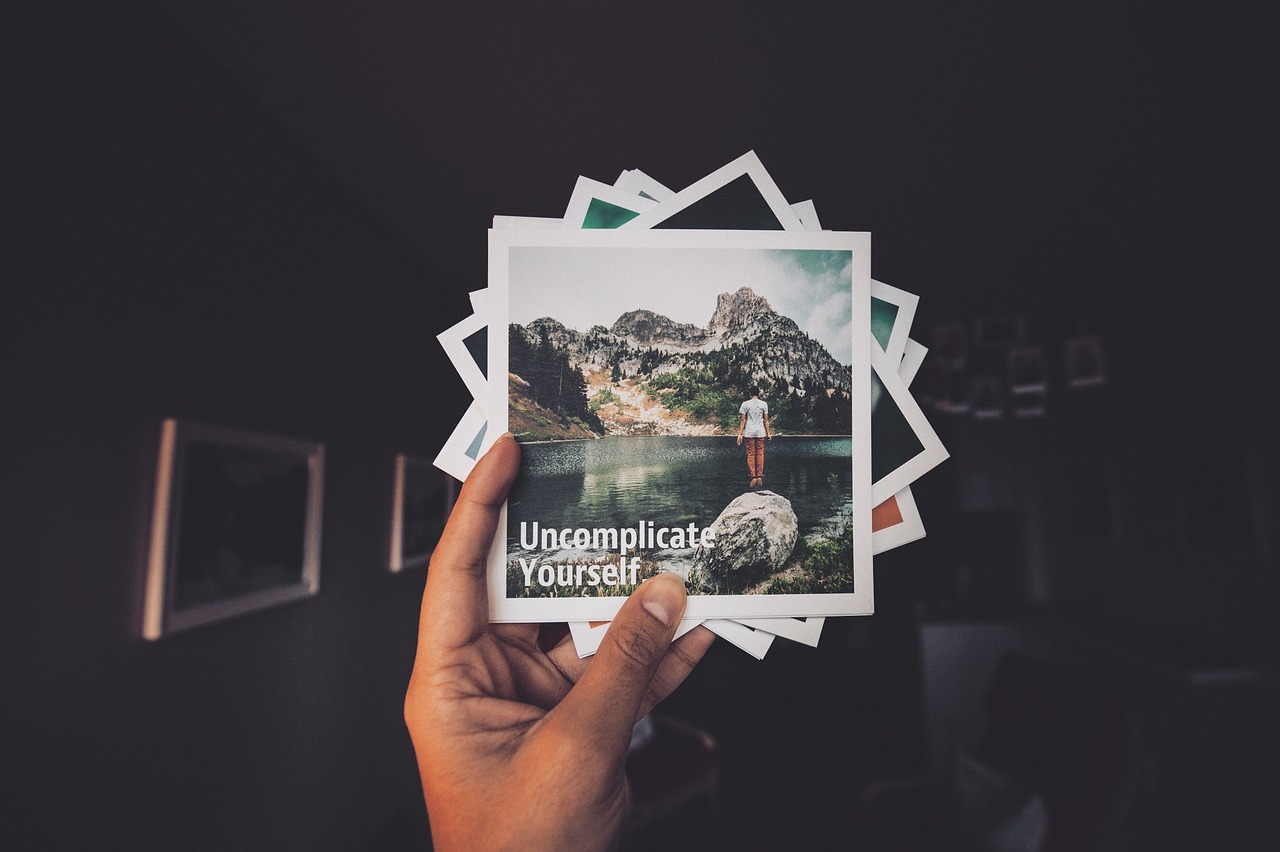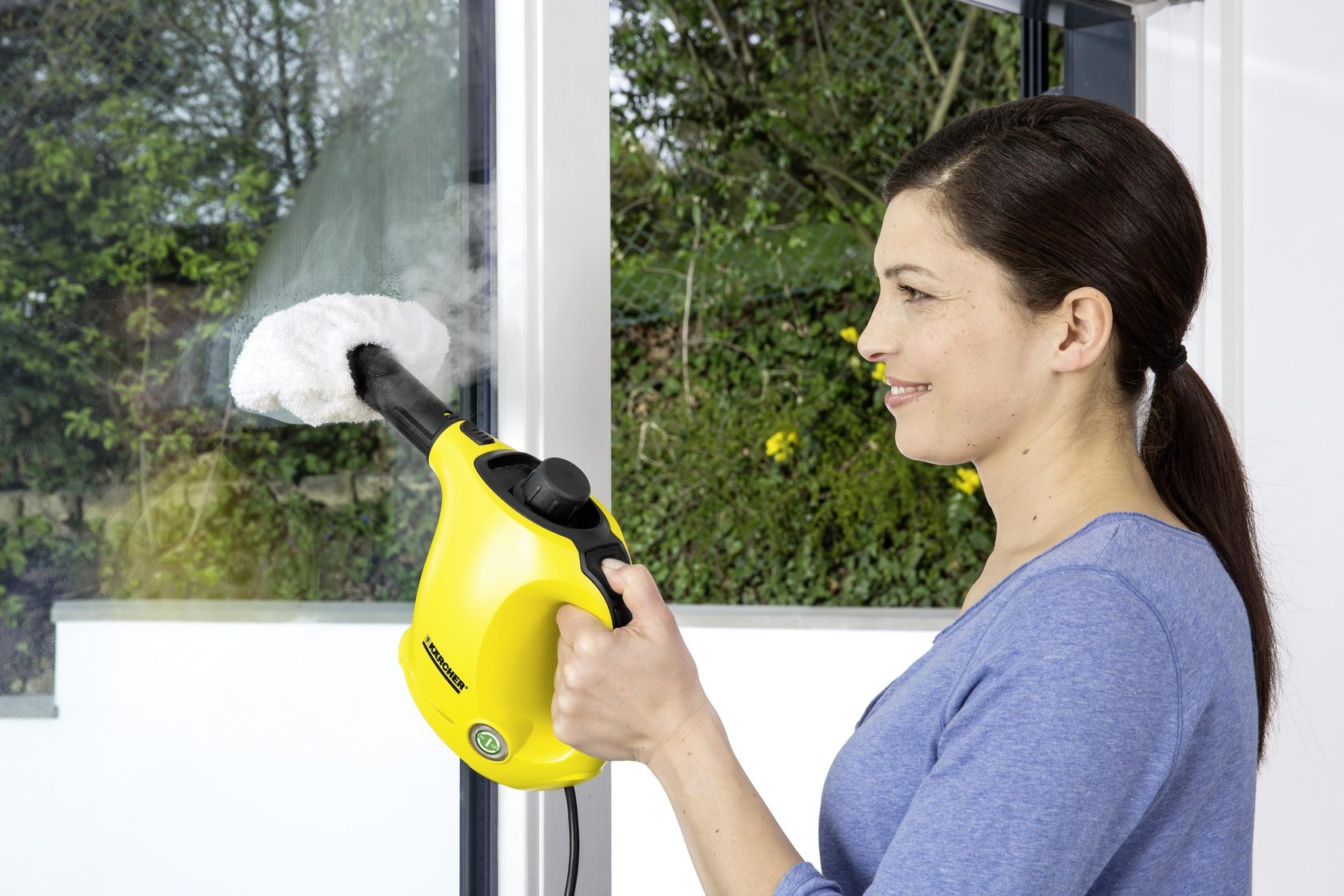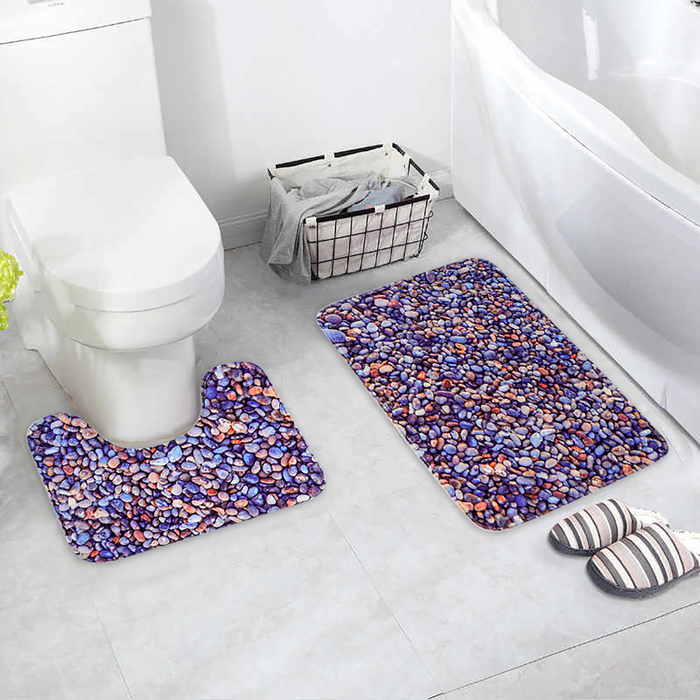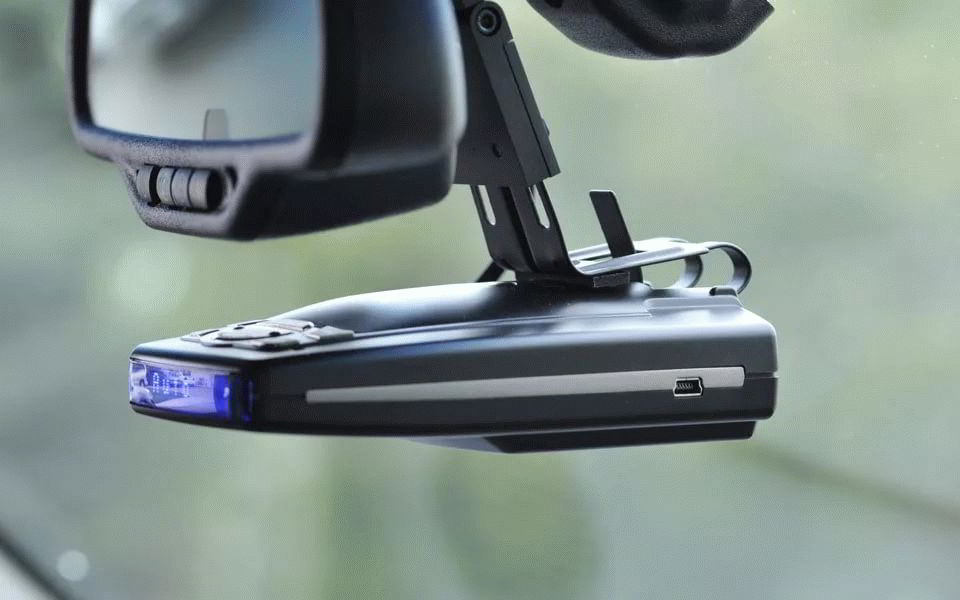Ranking the best photo paper for perfect photos in 2022

Modern printers are able to create vibrant photos at home. However, only technical devices will not be enough. Ordinary office paper is not suitable for printing photos, the colors will be faded, the contrast and sharpness will be disturbed, incomprehensible artifacts may appear on the images.
To get high-quality photos, you need special photo paper. On it, the pictures are clear, colorful, realistic and will delight you for many years. But it is not easy to find such paper.In our detailed review, we will introduce you to the intricacies of classification, analyze which company's paper is better, and what to look for when choosing.

Content
- 1 Features of choosing the structure of paper for photo printing
- 2 How to choose a cover
- 3 Substrate type
- 4 Important characteristics of photo paper
- 5 Photo paper and printer compatibility
- 6 Rating of popular photo paper with a glossy surface
- 7 Rating of popular matte photo paper
- 8 Rating of popular photo paper with a satin finish
- 9 Rating of quality photo paper with a semi-gloss surface
- 10 Quality Super Gloss Foundation Rating
Features of choosing the structure of paper for photo printing
Photo paper differs from ordinary paper in the presence of a special coating and a multilayer structure. Thanks to this, the colors do not spread, and the image is colorful and clear, conveying all the small details.
The structure of a quality carrier has at least 5 layers, each of which performs a specific function. The cost of photo paper directly depends on the number of layers - the more there are, the more expensive and better the product.In this case, the thickness of the photocarrier does not increase. Some layers are micron in size, which does not affect the density of the sample.
In the structure of the material, there are:
- the paper layer is the basis and the main component;
- laying layer - is the base for the imposition of all other layers;
- landing - a bonding layer that allows you to connect the laying and subsequent layers;
- absorbent layer - absorbs and prevents the movement of moisture from the ink into the lower layers, works with a large number of dyes;
- the reproducing layer is diverse in composition, its features depend on the purpose of the photocarrier;
- polyethylene protective layer - ensures the durability of the image, gives the base elasticity, protects the photo from the external environment.

How to choose a cover
Depending on the coating, there are several types of photo paper. The choice of a specific coating depends on the subsequent destination of the photographs - for home use, brochures or business cards.
Glossy
The special polymer applied on a surface gives to a basis smoothness and gloss. This type is used for printing advertising posters, posters, posters, calendars. Glossy protective layer prevents fading of paints, their blurring.
When creating a photo, water-soluble quick-drying ink is used, creating a stable and bright image. It is not recommended to use pigment dyes, they will spread. There are several classes of photocarriers with a glossy surface: Standard, Premium, Ultra.
Semi-glossy
For home printing, the universal SemiGlossy is used - a semi-gloss format.The photos are very high quality, have a wear-resistant surface, but clarity suffers a little. The picture is not so expressive.

Super Glossy
The super glossy version is used for commercial printing and photo printing in the office. At a price it is higher than semi-gloss products, which is justified by high quality. The picture is applied with pigment dyes.
Silk Matte
Intermediate format, called satin paper. Such products have a moderate sheen, optimally conveys all shades and can be used for a variety of inks. Both pigmented and water-soluble types are suitable. The silky-matte base is non-glare and won't leave unattractive fingerprints.
Matte
The matte base is versatile for creating contrast and detail shots. Paper of different density is selected depending on the further use of the images. Variable density and increased whiteness allows the photo to be used in many areas of activity, and not just for printing at home. Water-based, sublimation, and pigment ink can be applied to the base.
Satin
The main difference between semi-gloss satin paper is the soft sheen of the surface. The cost of the format is budgetary, so it is successfully used for home printing. At the same time, the quality of the pictures is high, with clear color reproduction. A stable protective coating prevents the negative influence of external factors.

Substrate type
The best manufacturers produce photo paper with several substrate options. Thanks to this, on a home printer, you can print not only ordinary photos, but, for example, fridge magnets or stickers.In this case, the top layer can be matte, glossy or satin. The picture is applied on one or both sides, depending on the task.
- Coated substrate - cellulose fibers are used in the manufacture, which do not allow ink to be deeply absorbed and thereby save dye consumption.
- Magnetic - consists of 2 layers, one of them is a magnet. After printing, the image is attached to a metal surface. This type of substrate is used on inkjet printers.
- Self-adhesive - one layer is an adhesive that fixes the image on any surface. To do this, remove the waxed strip that protects the adhesive base. An image is applied to the upper part with water-soluble or pigment ink.
- Waterproof - has a thick polymer porous coating. When printing, the ink takes several hours to dry, but the result is a product that can be used in high-humidity environments.
- Textured - imitates leather, wood, textiles. The textured variety is used for the manufacture of postcards, business cards.
- Canvas is a textile base with a special weave of threads. Such photo paper is used for printing works of art with a complex texture, art reproductions, accurate graphic images. Such a dense substrate requires drying of the image within 12-14 hours after printing.

Important characteristics of photo paper
When buying, you should pay attention to the following characteristics.
- Density is one of the most important selection criteria. Plus - the higher the parameter, the more and better the dye is absorbed.To obtain high-quality photographs, a density of more than 150 g / m² is required, for business cards - at least 250 g / m², for a report with clear graphics - more than 100 g / m². The downside is that the high-density base puts a strain on the printer mechanism and contributes to wear on the parts.
- Resolution - a high rate guarantees clarity and detailed elaboration of the image.
- Whiteness is easily determined by eye, but for good photos it is better to take an indicator over 90 units.
- Acidity (pH value). The best indicator is 7, i.e. neutral. It indicates a durable material. If the acidity is too high, then the photo paper will eventually begin to oxidize and break down.
- Thickness - shows the number of layers. The greater the layering, the higher the quality of the photocarrier.
- Format. There are several standard sizes suitable for home printers:
- A6 - size 10*15 cm;
- A5 - 14.8 * 21 cm;
- A4 - 21 * 29.7 cm;
- A3 - 297*420 cm;
- A3+ - 330*483 cm.
The most sold are A5 and A4 formats. For portrait photos, A4 is used, for posters - A3. There is paper and non-standard sizes for a plotter or thermal printer, but it can be ordered.

Photo paper and printer compatibility
When choosing photo paper for a printer, one should consider not only quality characteristics, cost, but also the possibility of printing on a printer of a certain brand. For best results, use paper recommended by the printer manufacturer.
The popular Epson brand produces a wide range of paper media for laser or inkjet printers. If you have a device from this manufacturer, then purchase Epson photo paper to avoid mistakes when choosing.
There remains the financial question of how much a quality media costs. "Native" paper is more expensive. If you are engaged in photo printing on an ongoing basis, then you should think not only about what material is better to buy, but also about buying in bulk or purchasing large rolls.
Save money by purchasing third-party media. Of course, the result may not be of such high quality, but among the many manufacturers it is really possible to choose what you like and can afford. Photo media is purchased both in retail stores and online. In online stores you can find cheaper options, but do not forget about the additional costs of shipping.
Rating of popular photo paper with a glossy surface

FORA
High-quality photo media suitable for inkjet printers. Standard A4 size is used for large portrait prints and smaller photo prints. The density of the glossy base is 120 g/m². The package includes 50 high whiteness sheets. The average price is 172 rubles.
- large volume;
- low price.
- low density.

IST, economy
Inexpensive photo paper suitable for Epson, Canon, HP and other inkjet printers. The glossy one-sided surface has a density of 230 g/m². This indicator guarantees high-quality images. The package contains 100 sheets of the popular 10*15 cm format. You can print a lot of great photos for your home album. The cost is 165 rubles.
- high density;
- low cost of photography;
- popular format.
- Glossy surfaces may show fingerprints.
Rating of popular matte photo paper

REVCOL, matte, A4, 70g/m², 100 sheets
The world leader in the production of photographic paper sells high quality photo media. The material has a density of 70g/m², which is suitable for inkjet printers. Matte surface allows you to detail the image. The protective surface is resistant to fingerprints and scratches. The pack contains 100 A4 sheets. The cost is 229 rubles, which is considered the best value for money.
- low cost;
- stable matte surface;
- a large number of sheets.
- low carrier density.

Lomond One-sided matte, 0102050
The paper of a popular firm is intended for portfolios, realistic prospectuses, portrait illustrations. The Matte coating diffuses light from different angles for high-contrast images, pure tones and velvety depth. The picture does not give bright highlights and does not tire the eyes.
Photo paper has many positive user reviews that it is ideal for printing photos at home. Density with a high rate of 230 g / m² allows you to use both pigment and water-soluble dyes and get colorful photos. The maximum print resolution is 2880 dpi and a high degree of whiteness. The pack contains A4 sheets. The cost of 20 sheets is 204 rubles.
- high-quality non-reflective coating;
- high density;
- good color reproduction.
- high price.
Rating of popular photo paper with a satin finish

Lomond Satin Bright microporous, 1103201
Customers say that premium photo papers with fine porous coatings provide excellent print quality.The satin surface imitates the texture of photo media with matte textures and has a subdued sheen without harsh reflections.
The polyester protective film does not deform and remains even when thickly “flooded” with ink. The pack contains 20 sheets of A4 format, with a density of 250 g/m², with a maximum print resolution of 5760 dpi. The material has a bright saturated tone. The cost is 376 rubles.
- strong protective film;
- high density;
- bright tone;
- quality pictures.
- high image cost.

Satin Baryta, Satin Gold Baryta Super Premium, 1100201
The novelty of the Lomond Gold series has exceptional visual properties and is intended for both color and black and white printing. The protective polymer coating makes the images moisture resistant, so when liquid gets in, the dyes do not spread, and the base does not swell or delaminate.
Products of this line are compatible with almost all printers. However, the high density makes it difficult to load paper in a stack. It is recommended to submit it one sheet at a time. The density is 310 g/m², the resolution is 5760 dpi. The package contains sheets of the popular A4 format. The cost of 20 pieces is 831 rubles.
- waterproof film;
- high density;
- versatility.
- high cost;
- slow print speed.
Rating of quality photo paper with a semi-gloss surface

Premium IST
A photo base with a semi-gloss texture provides rich and clear images.According to the manufacturer's description, one-sided printing on a microporous surface layer is suitable for Canon, HP, Epson, Lexmark and other MFPs.
The double-sided polymer coated paper material is water resistant.
In rigid packing there are sheets of the A4 format. The popular size allows you to print excellent quality portrait photos. The high density of 260 g/m² delivers crisp images and vibrant colors. The cost of a package of 20 pieces is 517 rubles.
- high density;
- compatible with all inkjet printers;
- water resistance.
- high price.

Lomond Semi Glossy Warm Microporous, 1103304
Material with a semi-gloss top layer is intended for inkjet printers. Resin Coated (RC) base can be used with both water-based and pigmented inks. The white paper has a warm tone, a weight of 250 g/m² and a maximum print resolution of 5760 dpi, which provides vivid colors and precise transitions in realistic photographs.
The microporous coating provides high quality images, and the polyethylene protective layer remains elastic for a long time and protects the image from external factors. The Semi Glossy look of the base imitates a matte surface and high gloss. The pack contains 20 sheets of the popular A4 format, their cost is 342 rubles.
- protective layer;
- high quality base.
- high price.
Quality Super Gloss Foundation Rating

Lomond 1101113, Super Glossy Bright
The basis is intended for the unilateral press.The super glossy top coat can be used with water-based and pigmented inks. Optimal density of 200 g/m² and a maximum print resolution of 5760 dpi ensure excellent sharpness and accurate color reproduction.
The Super Glossy Bright base variant most closely mimics true photo printing with a high glossy sheen. The polyester coating reliably protects the image from scratches and remains flexible for a long time. The cost of A6 sheets is 99 rubles.
- glossy shine;
- bright white;
- popular size;
- quality density;
- a high resolution;
- budget cost.
- no.

Lomond Super Glossy Bright, microporous
Smooth, with a bright glossy sheen, the snow-white base does not add its own shade when printed. The microporous surface is suitable for pigment and aqueous dyes. When using branded Lomond cartridges, the cost of a print on the Lomond Premium Photo series photo media is lower compared to classic printing using reagents. The cost of a package of 20 sheets of A4 portrait format is 325 rubles.
- microporous surface retains ink well;
- universal basis;
- bright gloss.
- high price.
Print quality is affected by many factors: the type of paper, printer compatibility, and the right ink. Choose the right photo base and enjoy beautiful pictures and vivid memories.
new entries
Categories
Useful
Popular Articles
-

Top ranking of the best and cheapest scooters up to 50cc in 2022
Views: 131652 -

Rating of the best soundproofing materials for an apartment in 2022
Views: 127691 -

Rating of cheap analogues of expensive medicines for flu and colds for 2022
Views: 124520 -

The best men's sneakers in 2022
Views: 124034 -

The Best Complex Vitamins in 2022
Views: 121940 -

Top ranking of the best smartwatches 2022 - price-quality ratio
Views: 114981 -

The best paint for gray hair - top rating 2022
Views: 113396 -

Ranking of the best wood paints for interior work in 2022
Views: 110319 -

Rating of the best spinning reels in 2022
Views: 105330 -

Ranking of the best sex dolls for men for 2022
Views: 104367 -

Ranking of the best action cameras from China in 2022
Views: 102217 -

The most effective calcium preparations for adults and children in 2022
Views: 102012









